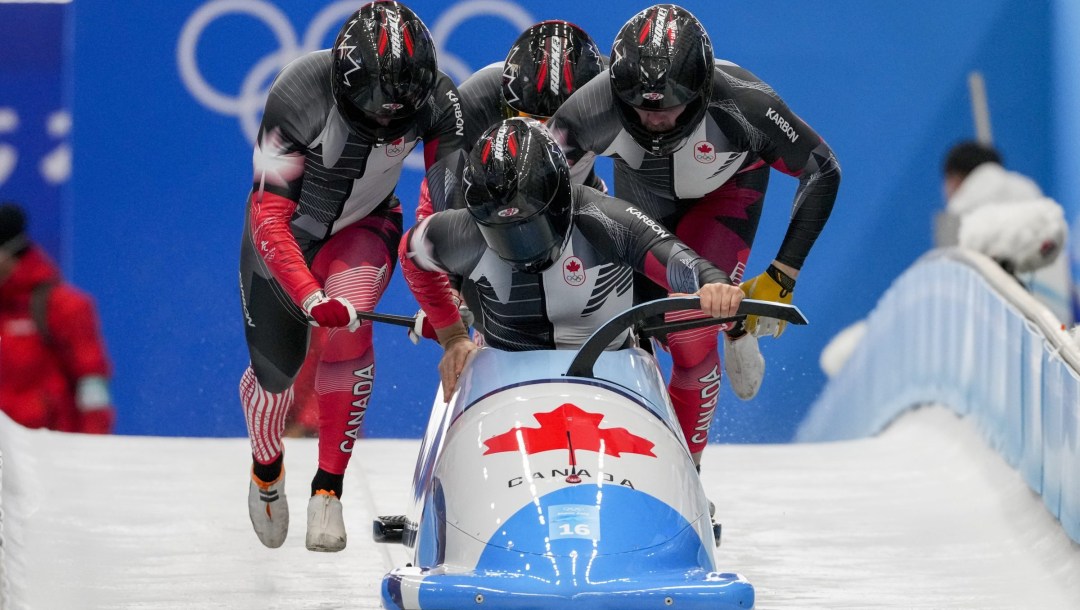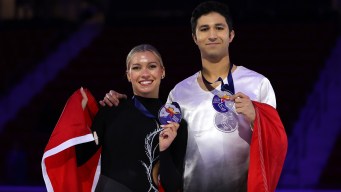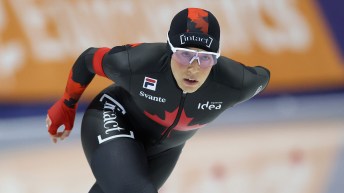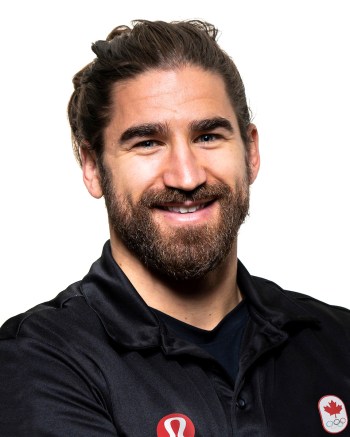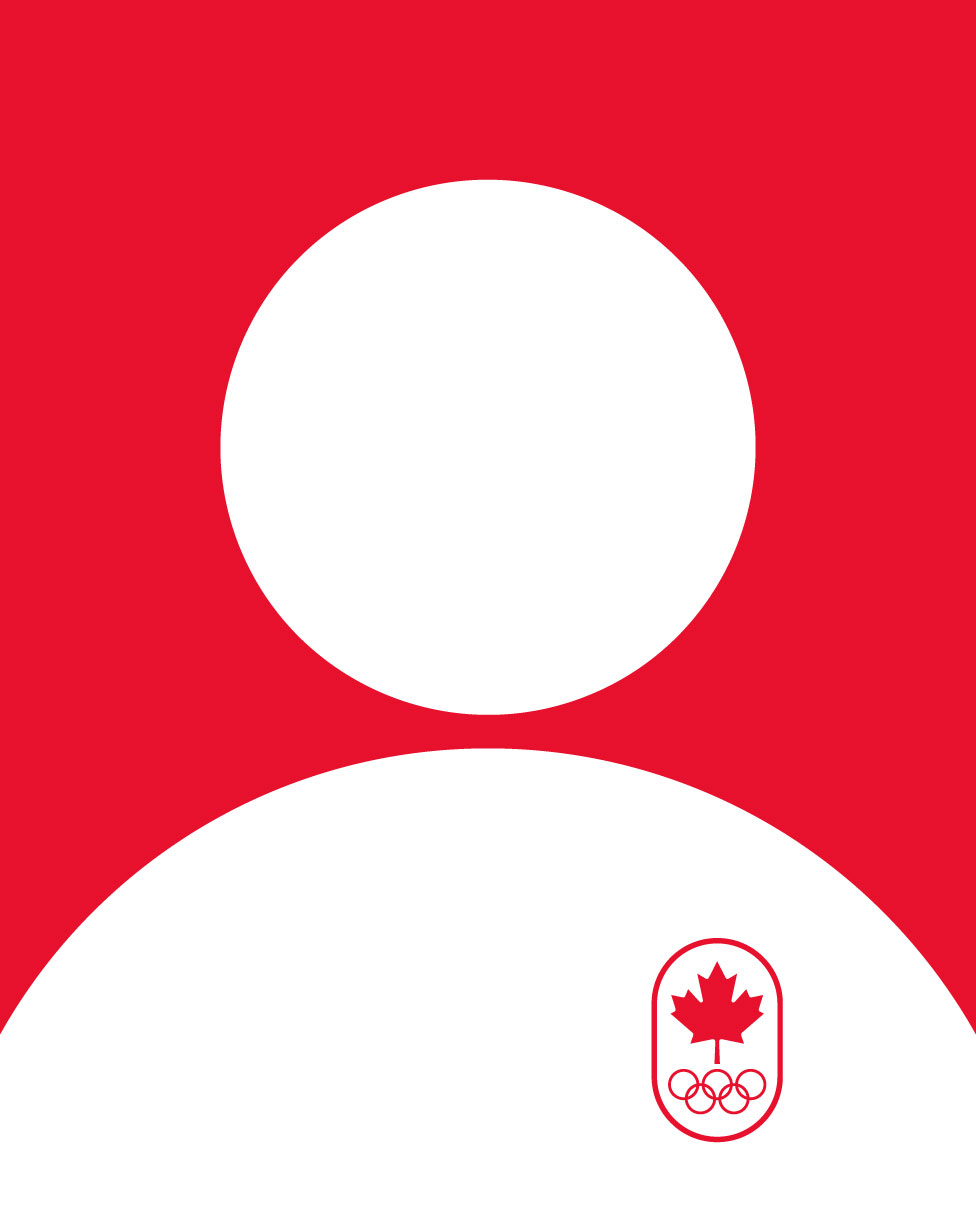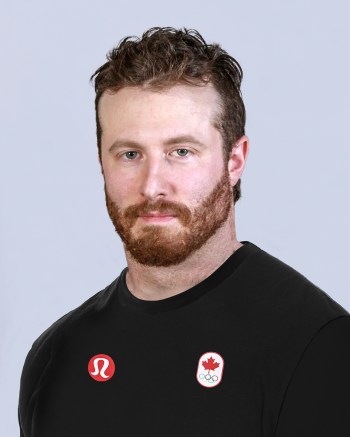Being a great bobsleigh pilot takes much more than just a need for speed
Just like the curves of a sliding track, the path to becoming an elite bobsleigh pilot is far from straightforward. Bobsleigh typically recruits athletes from other sport backgrounds, using the fundamentals they picked up in track and field, hockey, soccer, football and more to transition them into sliders.
Almost all of those athletes start as brakemen and brakewomen—athletes who are essential to the push start before hopping into the sled. After riding down the track, their only responsibility is to pull the brake at the finish.
Some of those push athletes eventually evolve to become pilots, the athletes who in addition to pushing at the start, drive down the track using a pulley system in the front of the sled. It takes a lot of time and study to become skilled at piloting a bobsled that can reach speeds up to 140 kilometres an hour as it races down a track.
The Olympic programme for men offers the four-man (since Chamonix 1924) and two-man (since Lake Placid 1932) events while women compete in the two-woman (since Salt Lake City 2002) and the monobob (since Beijing 2022).
Pilots are undeniably the leaders of the sled (or in the case of the monobob, the only athlete in it). So we asked a few Team Canada athletes: what’s the mentality of a bobsleigh pilot?
There’s the technical aspects, for sure, such as knowing your strategy for driving each specific track. But there’s also the responsibility of building cohesion and camaraderie on the team that bears your name.
Taylor Austin, who piloted two- and four-man sleds at Beijing 2022, sees his role as upholding Canada’s bobsleigh legacy, particularly in the aftermath of the retirement of two of Team Canada’s most prolific pilots, Justin Kripps and Christopher Spring, both four-time Olympians.
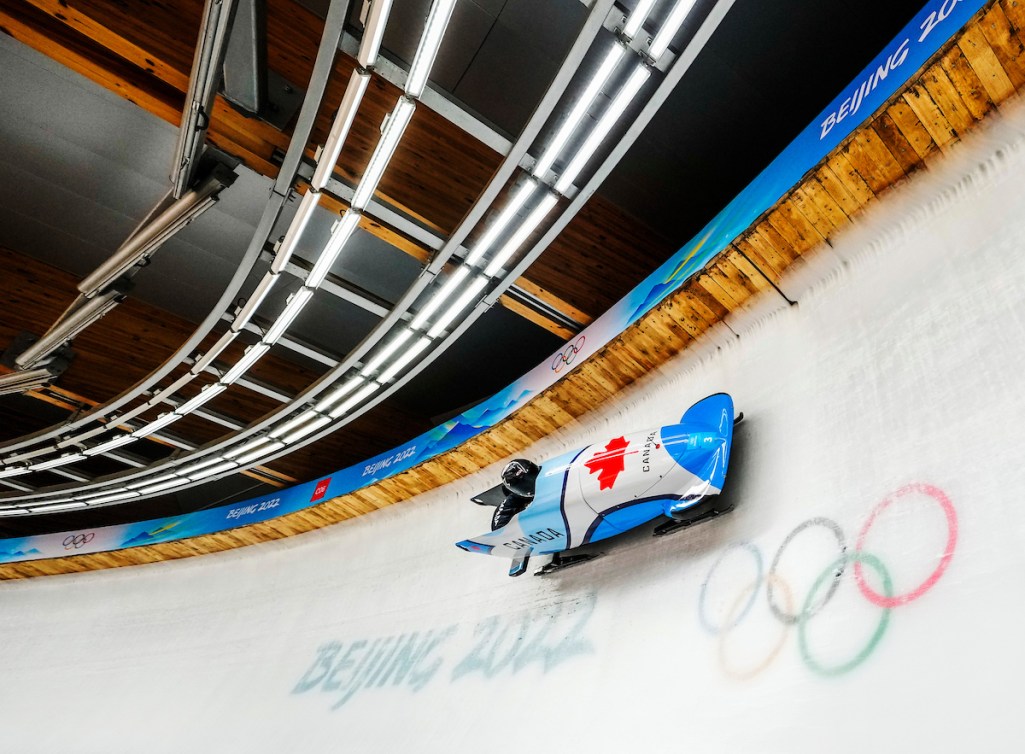
Kripps won gold in the two-man at PyeongChang 2018 alongside brakeman Alex Kopacz, and piloted his four-man crew of Ryan Sommer, Cam Stones and Ben Coakwell to bronze at Beijing 2022. He is now a national team coach.
“Those guys had a wealth of knowledge and experience, and a lot of success. For those guys to step away definitely left a massive hole in the program,” said Austin. “I’ve been doing my best to, I don’t want to say fill their shoes, but step up and carry on their legacy.”
Fellow pilot Cynthia Appiah has a daily reminder of Kripps’ legacy, as she currently uses the two-man sled Kripps drove at Beijing 2022.
“The legacy of yesteryear continues onward as these sleds continue to get passed down to the next generation of athletes.”
Appiah was an alternate brakewoman for PyeongChang 2018, an experience that led to her attending pilot school and racing in her first international events at the front of the sled later that same year. At Beijing 2022, she placed eighth in the Olympic debut of the monobob, as well as eighth in the two-woman with brakewoman Dawn Richardson Wilson. This past season, Appiah finished a career-best fourth in the monobob at the IBSF World Championships.
The Canadian legacy isn’t just about podium performance, though, it’s also about team culture. Austin says he’s learned not to underestimate the power that simple things like team dinners and connecting with each teammate about their day can have on overall success.
Fellow Team Canada pilot Pat Norton agrees—a large responsibility for team dynamics rests on the pilot.
“It takes probably as much work as the training itself,” said Norton.
For both Austin and Norton, while the two-man sled may have been where they got their first piloting opportunities, there’s something extra special to each of them about the four-man sled, which Norton jokingly refers to as the “big bus.”
“It’s heavier, it’s longer, you can get yourself into way more trouble, and you’ve got the responsibility of three other peoples’ lives in the back of the sled,” said Norton. “But when you have success in the four-man and you’re with your crew, it’s just compounded in terms of that team spirit.”
There is no less special of a teammate bond between the athletes in a two-woman sled.
“It’s special being able to have someone to lean on through the good and the bad,” said Appiah.
Kristen Bujnowski is relatively new to piloting, having placed fifth in two-woman at Beijing 2022 as the brakewoman behind Christine de Bruin, before making the transition. She’s spent the last few seasons driving on the developmental North American Cup and Europe Cup circuits. The transition has compelled her to reflect on her own leadership style.
“Leading a team gives me an opportunity to look at other people and think about what kind of teammate I want to be,” said Bujnowski. “That’s been really big for me as a pilot and a leader on our team—who do I want to be?”
So what is one actually thinking about before driving down an icy track at wicked speeds? The answers might surprise you—gratitude, breath, connection.
“I try my best to not think about the track,” said Appiah. “I always like to have a clear mind. I’m giving myself words of affirmation. But ultimately, I’m always thinking about how grateful I am to have an opportunity to be able to slide.”
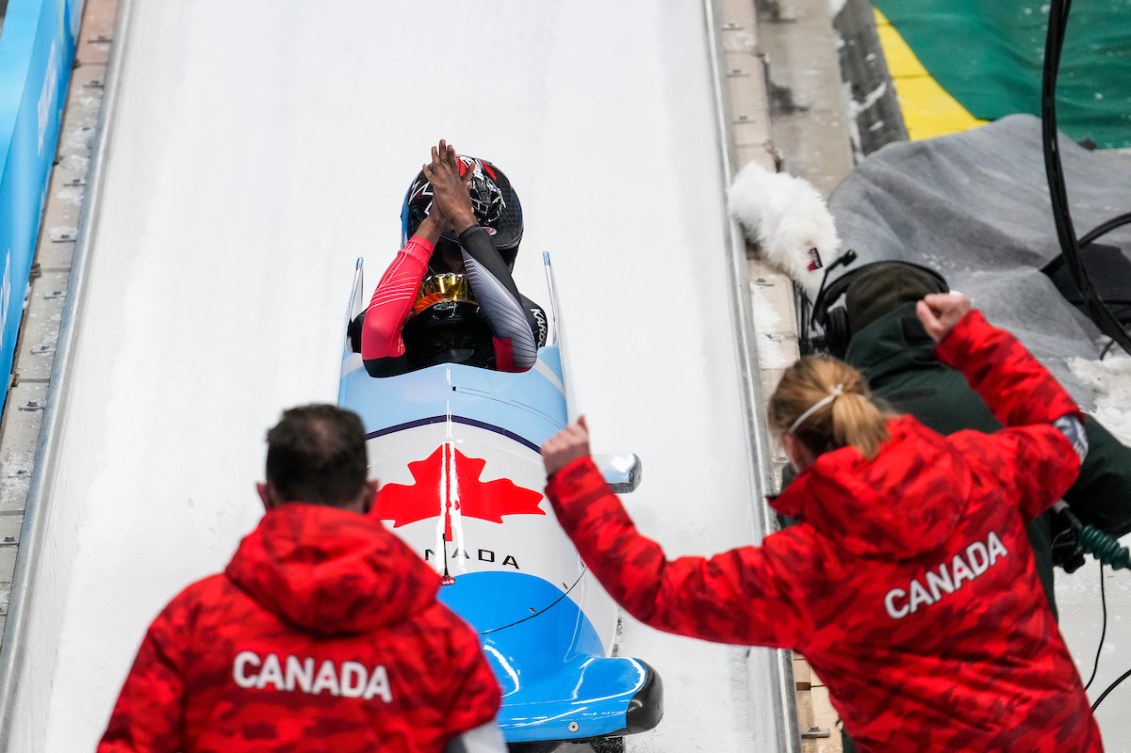
“The biggest thing for me is understanding the rhythm, the flow of the tracks,” said Austin. “That’s a big thing for me is like bringing breath in, trying to figure out the flow of the track.”
“It’s important to have that kind of connection and feel going down the track,” added Norton.
The 2025-26 IBSF World Cup season will kick off on November 22 at a very special venue in Cortina d’Ampezzo, Italy—the Eugenio Monti Sliding Centre, venue for the Milano Cortina 2026 Olympic Winter Games. As the track is new, the World Cup event will be preceded by an International Training Period so that athletes can get appropriately acclimatized.
The qualification period for Milano Cortina 2026 will close on January 18, 2026. Quota spots for the Games will be allocated to nations based on the IBSF Ranking lists, which compile results from World Cup, Europe Cup, North American Cup, and Asian Cup races. Each country can qualify a maximum of three sleds per event.
Austin put Team Canada sliders’ attitude towards the Games best: “We’re excited to go into the Olympics and see what we can do, and try to bring some glory back to Canada.”

